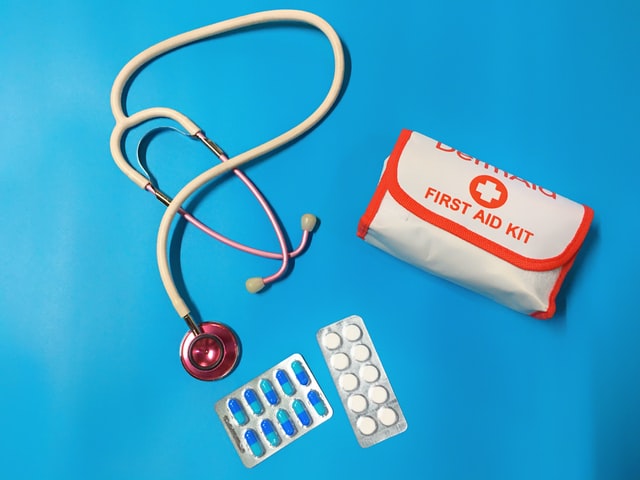
If there is one thing that can be said about all sports, no matter what they are or for what age group, it would be that injuries are bound to happen. Anyone who could say that they know a young athlete who has never scraped their knees sliding into home base for the run or sprained an ankle landing wrong on a 3-point jump shot, then they are among the minority. As the old saying goes, accidents are bound to happen, and this was never truer than in sports. Knowing that injuries are almost a certainty, it is important to have a sports medical kit on hand. So then, what should be in that kit? Here are the basics.
First an Important Rule of Thumb
In a moment we’ll look at the important contents of a sports medical kit, but one thing should be mentioned right from the start. Always, always, always, have parents sign permission slips before even putting a BAND-AID on a child. Most commercial bandages have latex, and some people are highly allergic to it. Also, you cannot even give a child an aspirin without parental consent, so do have those documents filled out and signed at the beginning of a season.
The Basics
Each sport carries various degrees of probability for the most common injuries. To get an idea of the most common and well-equipped medical kit for sports, take a look at the sports kit listed on Michigan based MFASCO. A sports medical kit should contain those items which would be most likely to be needed for that particular sport. With that said, most sports medical kits come equipped with the basics. These would include:
- Bandages (non-latex if possible)
- Gauze and wound dressings
- Cloth tape
- Blunt scissors for cutting bandages to size
- Ice packs
- Safety pins
- Disinfectant
And again, those are just the basics. If you have a player on the team who has allergies sometimes requiring an Epi-pen, that is something the parents would need to provide. Any student susceptible to anaphylactic shock from a bee sting, for instance, should never be out on the field without that precautionary remedy. These are available by prescription only, so it is imperative that the parents have that ready in case of emergency.
College and Pro Sports
Many colleges and all pro sports teams have a sports doctor or trainer on hand for all games. These would be the professionals to treat injured players who are not minors. Each of the sports they represent have typical injuries and so they would come prepared with anything that could be required if an injury happened during a game. Even so, college students often get together with other teammates and practice on the side, on their own time. They go to the gym to work out and will often be out on the field long after hours. Always make sure your athletes have their own personal medical kit with them in the absence of a coach or trainer. You never know when it might be needed so make sure they know to keep it handy.
